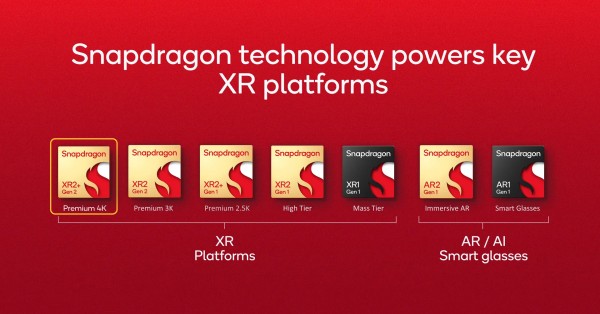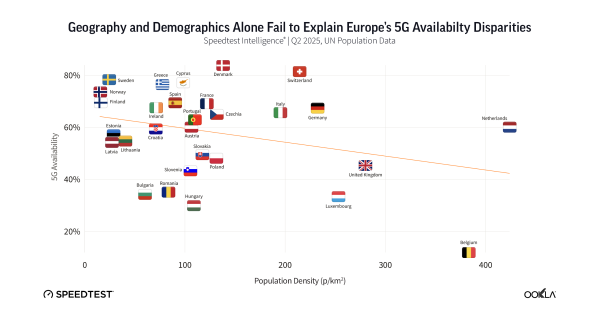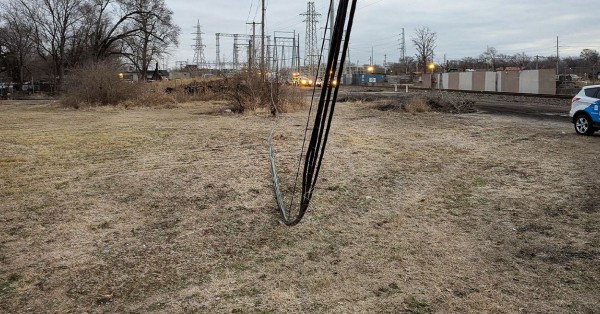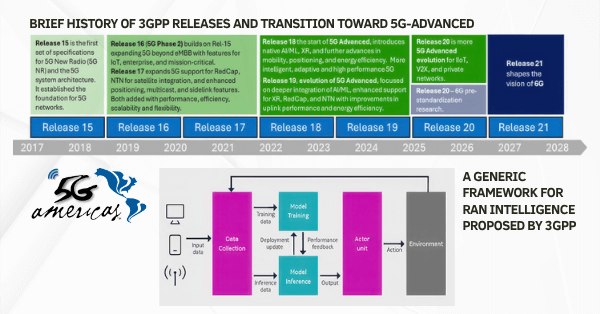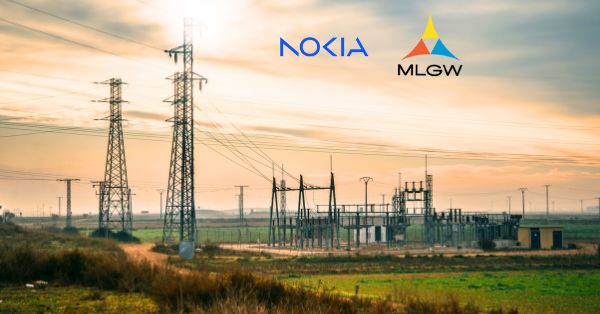Introduction to Private 5G Network in Mining
In a significant technological stride, Boliden, a leader in metals, mining, and smelting, has teamed up with NorthStar, a 5G innovation initiative spearheaded by Ericsson and Telia. This collaboration is set to significantly enhance the private 5G network at Boliden’s Kankberg mine in northern Sweden. Here, we’ll explore how this partnership is set to reshape underground mining operations.
Overcoming Challenges with Private 5G Networks
Managing a mine involves navigating numerous challenges, particularly in remote and harsh environments like those found underground. Previous network technology limited the scope of operations and the implementation of innovative solutions such as autonomous vehicles. The existing network needed an upgrade to meet the growing demands for higher capacity, stability, and security.
Implementing Advanced 5G Solutions in Mining
The solution was to upgrade the current 5G infrastructure to support remote-controlled and self-driving vehicles and machinery trials. This involves enhancing the network’s capabilities to handle critical operations up to 750 meters below the surface.
Demonstrating the Effectiveness of 5G in Mining Operations
Boliden’s long-standing commitment to digitization and automation and its use of cutting-edge technology underpins this transition. Their existing use of autonomous vehicles and machinery sets a solid foundation for integrating more advanced technological solutions.
Choosing the Right 5G Technology for Mining
The upgraded network incorporates several innovative features such as network slicing and edge computing, crucial for optimizing the network’s performance and reliability. This ensures that each vehicle and piece of equipment gets the exact network resources it needs without compromise.
Benefits of Private 5G Networks in Underground Mining
The modernized network is expected to enhance operational efficiency and safety significantly. The precise location tracking and prioritized data traffic for different vehicles and equipment will streamline operations and improve response times in critical situations.
Impact of 5G Technology on the Mining Industry
This partnership benefits Boliden and sets a benchmark in mining technology, showcasing how 5G technology can be adapted for complex industrial environments.
Boliden’s Role in Advancing Mining Technology with 5G
Boliden’s proactive approach in joining the NorthStar 5G innovation program demonstrates its leadership in adopting next-generation technologies to improve its mining operations.
Ericsson and Telia’s Contributions to this Mining 5G Project
Ericsson and Telia have been instrumental in this transformation, providing the technological expertise and infrastructure needed to bring this project to fruition. Their collaborative approach has been pivotal in developing solutions tailored to the unique needs of underground mining operations.
Current Status and Timeline of Boliden’s 5G Network Implementation
The project is currently in an advanced stage, with the private 5G network being expanded and connected to NorthStar’s innovation network. This integration is critical for testing and deploying new functionalities. The upgrade began shortly after the partnership was announced in February 2023, with ongoing developments aimed at expanding and enhancing network capabilities throughout the year.
Industry Endorsements for 5G in Mining
Magnus Leonhardt, Head of Strategy and Innovation at Telia, noted, “Our work together has come a long way, and our focus is now on connecting vehicles, equipment, and people in the mine to the 5G network.”
In conclusion, the collaboration between Boliden, Ericsson, and Telia through the NorthStar 5G innovation program exemplifies how targeted technological enhancements can significantly improve industrial operations. The future of mining looks robust and secure, thanks to these pioneering advancements in 5G technology.





